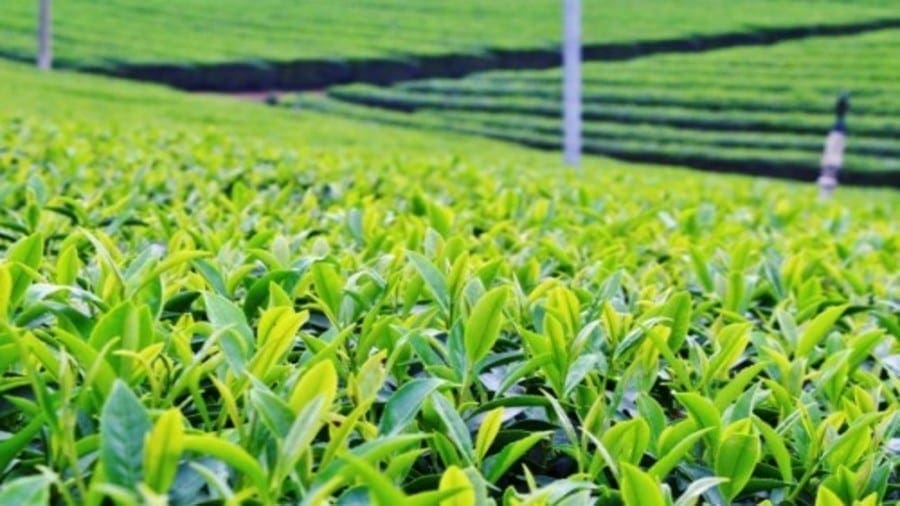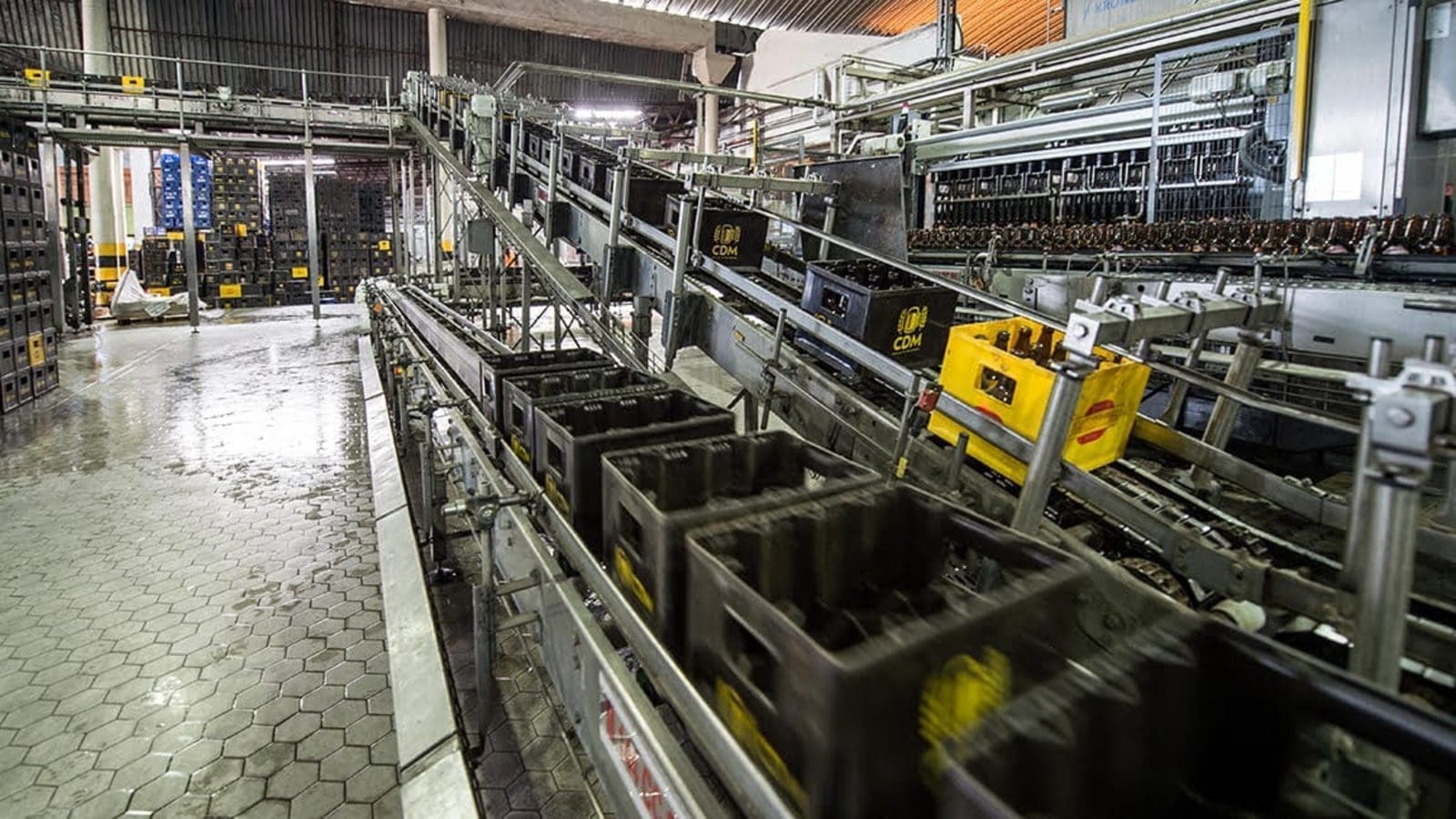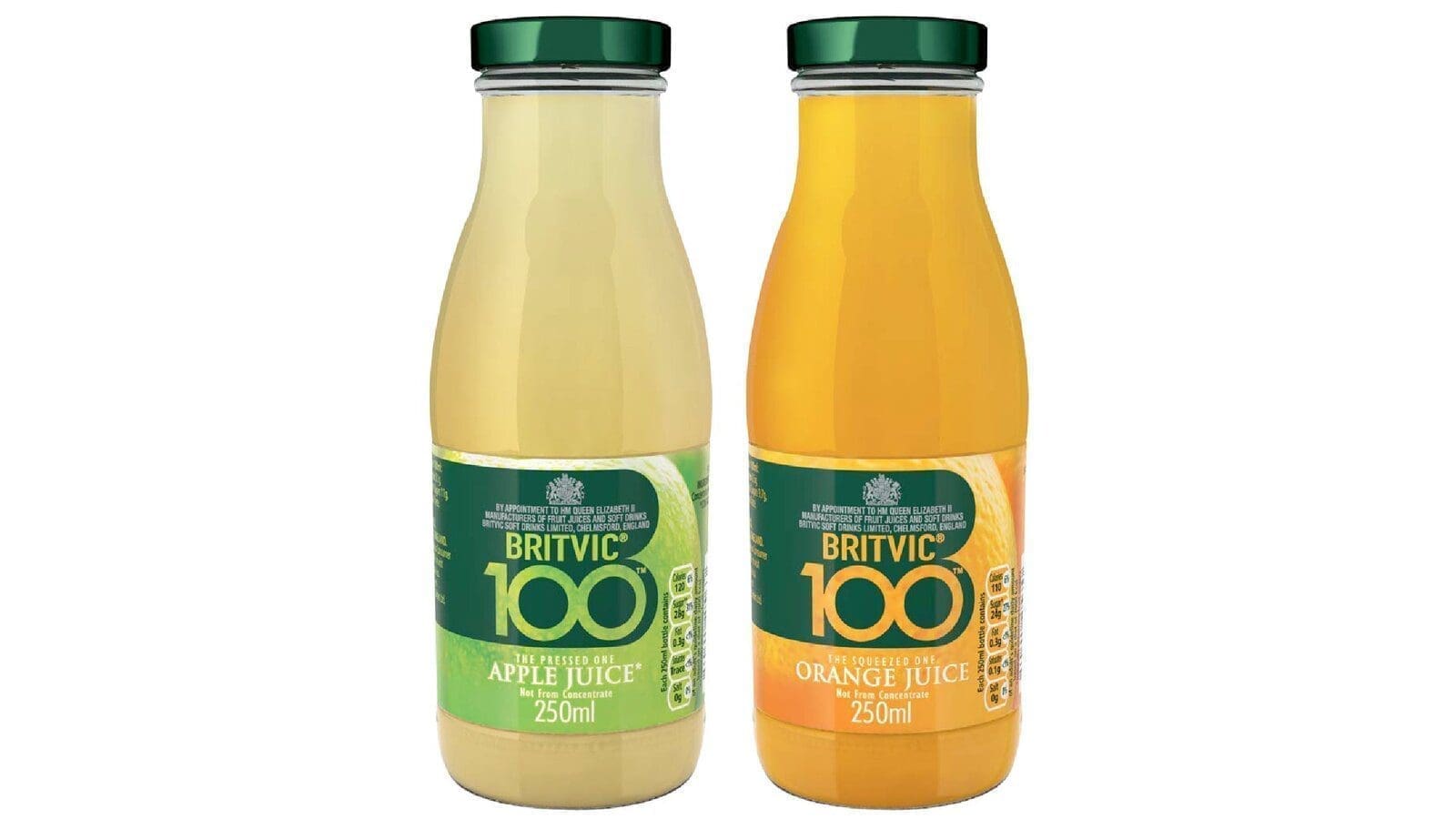RWANDA – A $65 million (Rwf52 billion) dairy development project that will directly benefit 100,000 dairy households in Rwanda, will be launched in January, 2017, according to Dr. Théogène Rutagwenda, Director General for Animal Resources at the Ministry of Agriculture and Animal Resources (MINAGRI).
Dr. Rutagwenda told Sunday Times that the 5-year project supported by International Fund for Agricultural Development (IFAD) will help farmers raise improved dairy cow breeds, increase milk production, proper handling of milk produce and access to markets.
“The project is intended to address the issues of lack of [cow] forage, water and reduction of produce so that farmers do not loose during the dry season,” he noted.
He also said that milk transporters, milk collection centres and milk processing factories will also benefit from the project.
The project will operate in 12 districts, three in each Province, namely Nyagatare, Rwamagana and Kayonza, in the East; Gicumbi, Burera and Musanze) in the North, Nyabihu, Rubavu and Rutsiro in the West and Nyanza, Huye and Ruhango in the South.
Dr. Rutagwenda said the country currently had a cattle population of about 1.4 million of which 54% are cross breeds, 40% locally bred and 6% pure breeds.
He pointed out that milk production in Rwanda increased from about 7,000 tonnes in 1994 to over 710,000 tonnes currently; noting that more than 90 % of the milk comes from cross and pure breeds
According to the Rwanda Agriculture Board, some cow breeds can produce between 25 and 30 liters of milk per day each, but there are local cows which give five liters of milk or less per day. The average milk production per cow is eight litre per day.
The chairperson of National Dairy Farmers Federation of Rwanda (NDFFR), Gahiga Gashumba said: “Improvement of the breed is very crucial and should be taken care of because we don’t have a lot of land and people need to raise cows that give good yields”.
Gashumba added that the project designers consulted the federation and it gave its views as far as the dairy sector is concerned.
He said that strengthening dairy farmers’ cooperatives is also an important aspect to consider in the project as it will enable them effectively receive milk produce and find markets for it.
He told Sunday Times that the project should also focus on milk hygiene and quality and what was required to achieve it.
“A farmer normally does not know the required milk content such as the amount of fat content and proteins. That is why it necessitates continuous trainings so that farmers know what to do and feed their cows to get quality milk,” he noted adding that the practice is achieved easier through cooperatives.
Improving milk collection centres
According to Dr. Rutagwenda, there are so far 106 Milk Collection Centres in the country, which he said are still few.
Gashumba said that milk collection centres (MCCs) are not operating at their capacity owing to various issues including lack of enough water and electricity.
He said the issue of electricity is a major concern at MCCs, noting that some of the MCCs are using generators to cool milk, which was expensive.
The current equipment at MCCs allows milk cooling after four or five hours, yet Gashumba said for milk to meet quality standards it has to be cooled sooner.
“There is need for machines that can cool milk in minutes because as the milk cooling delays, the bacteria count increases,” he noted.
Dr. Rutagwenda said that the project will also offer support in improving MCCs.
Meanwhile, poor road conditions in some parts of the country, like in the neighborhood of Gishwati National Park in the Western Province constitute a challenge to the transportation of milk.
Gashumba said people in the area still carry milk in jerry cans as the hilly roads do not allow other means of transport.
September 18, 2016; http://www.newtimes.co.rw/section/article/2016-09-18/203628/










